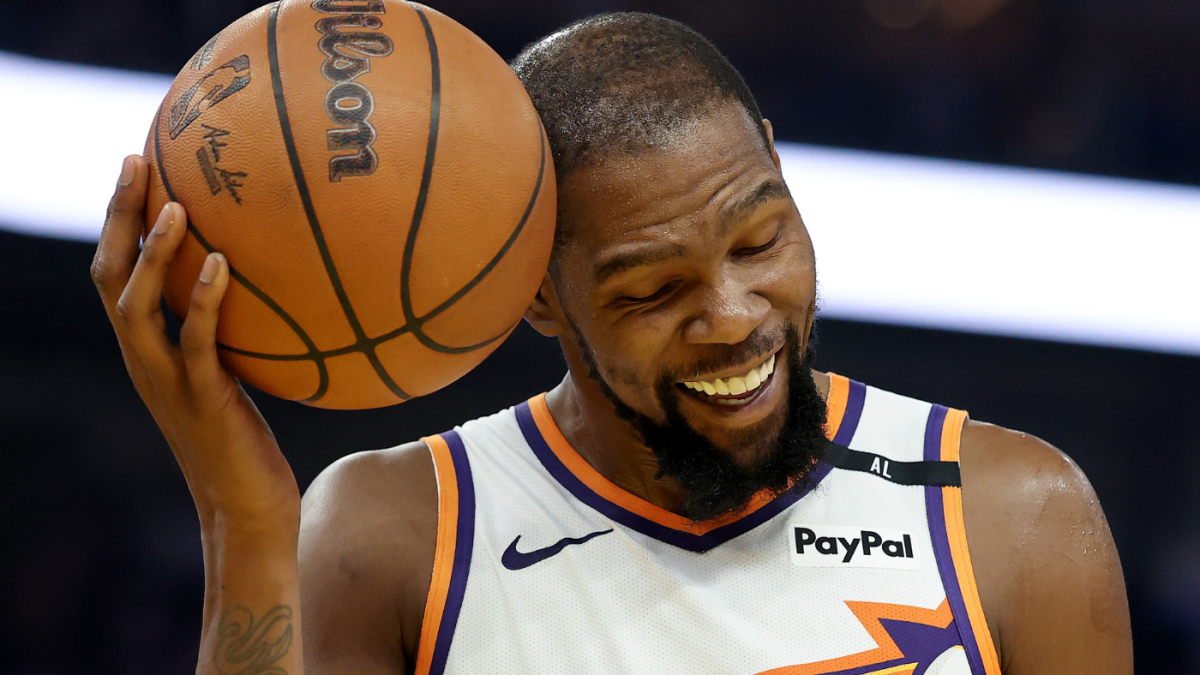The NBA offseason is a period of intense activity, where teams strategize, trade, and sign players in an effort to improve their rosters and increase their chances of winning a championship. This offseason, several key trends have emerged, including the rise of blockbuster trades, the importance of smart acquisitions, and the pursuit of versatility. These trends not only shape the competitive landscape of the league but also reflect the evolving dynamics of the modern NBA.
One of the most significant trends in recent NBA offseasons is the increasing frequency of blockbuster trades. These trades often involve star players and have a major impact on the league’s competitive balance. For example, the trade that sent Kevin Durant to the Houston Rockets not only elevated the Rockets into immediate contention but also sent shockwaves throughout the league. Teams that miss out on a coveted star may pivot to alternative strategies, such as targeting complementary players or focusing on long-term development through the draft. The constant flux of player movement creates a dynamic and unpredictable environment, keeping fans and analysts on their toes.
Another important trend is the emphasis on smart acquisitions and strategic depth. While blockbuster trades often dominate headlines, the art of building a successful team also lies in making smart acquisitions and cultivating strategic depth. This involves identifying players who can fill specific roles, complement existing stars, and contribute to a winning culture. The Bucks’ signing of Myles Turner, although involving some financial complexities with Damian Lillard’s dead cap money, exemplifies this approach. Turner provides the Bucks with much-needed rim protection and floor spacing, addressing key areas of need. Similarly, the Knicks have been recognized for their “sneaky-good additions,” indicating a focus on acquiring players who can contribute without necessarily being high-profile names. This approach highlights the importance of scouting, player development, and identifying undervalued assets. Teams that can consistently make smart acquisitions are often the ones that achieve sustained success, even without landing a superstar.
The modern NBA also emphasizes versatility, with teams increasingly valuing players who can excel in multiple positions and contribute in various ways. This has led to a focus on acquiring players with diverse skill sets, such as playmaking, shooting, defense, and rebounding. Lonzo Ball’s fit with the Cavaliers perfectly illustrates this trend. His ability to handle the ball, distribute, and defend multiple positions makes him a valuable asset in today’s positionless game. Teams are also prioritizing players who can adapt to different offensive and defensive schemes. This allows them to be more flexible and unpredictable, making it difficult for opponents to game plan against them. The ability to switch defensively, space the floor offensively, and create scoring opportunities for teammates are all highly valued attributes in the modern NBA.
While player acquisitions are crucial, the importance of coaching and team culture cannot be overstated. A strong coaching staff can maximize the potential of a roster, implement effective strategies, and foster a winning environment. A positive team culture, characterized by trust, communication, and shared goals, can also be a significant factor in a team’s success. These intangible elements often go unnoticed but can be the difference between a team that underachieves and one that exceeds expectations. Teams that prioritize building a strong culture and hiring capable coaches are more likely to attract and retain talent, develop young players, and ultimately, contend for championships.
Looking ahead, several emerging trends and potential disruptions could shape the NBA landscape in the coming years. The continued rise of player empowerment will likely lead to even more blockbuster trades and unpredictable player movement. The increasing emphasis on analytics and data-driven decision-making will further refine player evaluation and strategic planning. The league may also see a shift in play styles, as teams continue to experiment with different offensive and defensive schemes. The development of young players and the emergence of new stars will undoubtedly reshape the competitive balance. The NBA is a constantly evolving league, and the teams that can adapt and innovate are the ones that are most likely to thrive.
Ultimately, success in the NBA is not guaranteed, regardless of how well a team performs during the offseason. Injuries, unforeseen circumstances, and the inherent unpredictability of the game can all derail even the best-laid plans. However, teams that make smart decisions, build strong cultures, and adapt to the ever-changing landscape are the ones that put themselves in the best position to compete for championships. The offseason is merely the first chapter in a long and arduous journey, and the ultimate outcome remains to be seen. While offseason moves generate excitement and speculation, the true measure of their success lies in their translation to on-court performance. The chemistry between new and existing players, the ability to execute coaching strategies, and the resilience to overcome adversity will ultimately determine which teams rise to the top. The NBA offseason is a period of hope and anticipation, but the real drama unfolds when the games begin.

